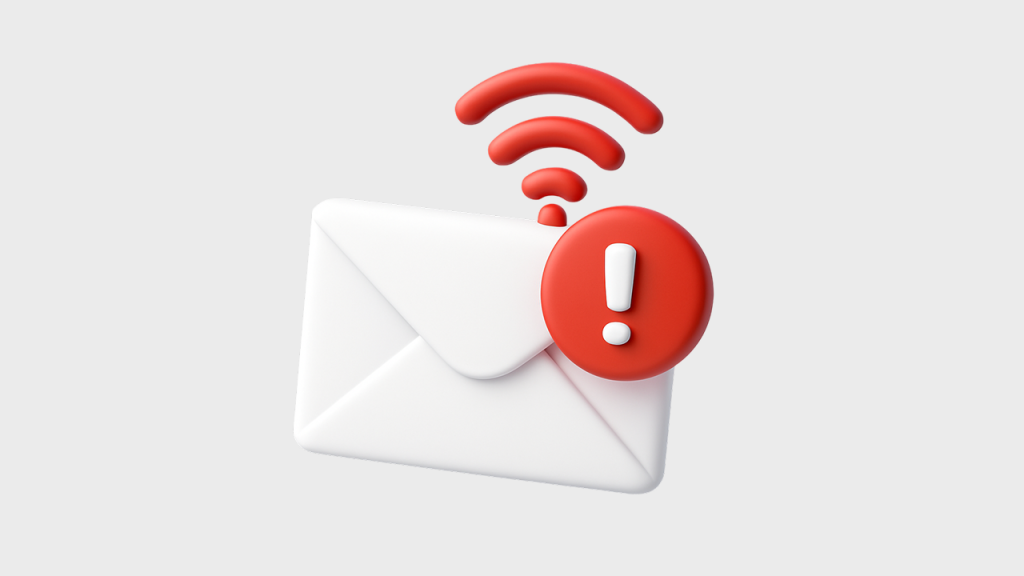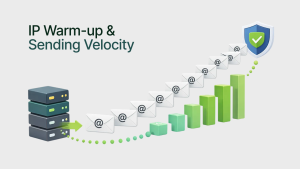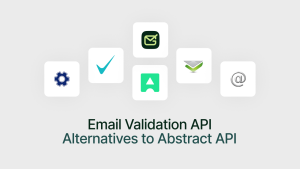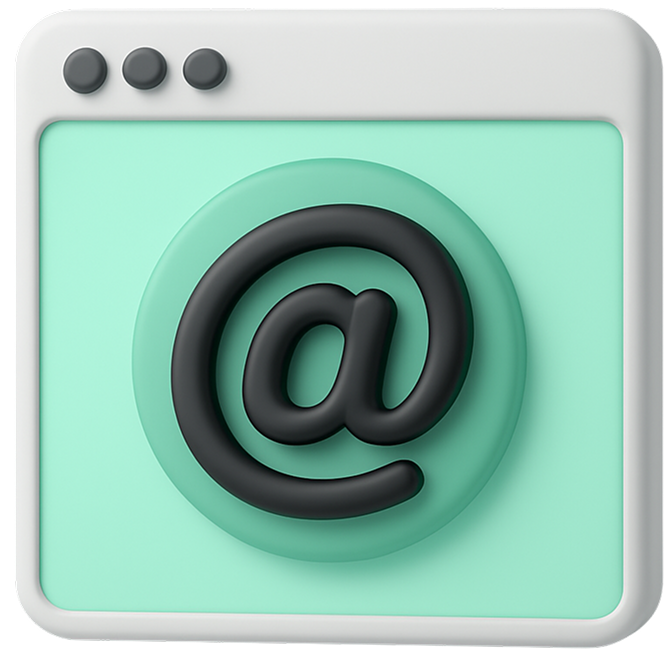Before optimizing your email campaigns, it’s crucial to understand email bounce—a common issue that can damage your sender reputation and kill deliverability. In this blog, we’ll break down what email bounces are, how to calculate bounce rate, what causes them, and how to reduce bounce rates effectively with tools like Gamalogic’s email validation service.

What Is an Email Bounce?
Your email bounces when the receiving mail server returns it after failing to deliver it to the recipient’s inbox. You would have probably seen messages like “This email cannot be delivered.” That message means your email bounced.
Email bounces can occur for a variety of reasons and are broadly classified into two types: hard bounces and soft bounces.
Types of Email Bounces: Hard vs. Soft
Hard Bounces (Permanent Failures)
Hard bounces are permanent delivery failures. Common causes include:
- Invalid or non-existent email addresses
- Deleted accounts
- Domains that no longer exist
These emails will never be delivered, and you should remove them from your list immediately.
Soft Bounces (Temporary Failures)
Soft bounces are temporary issues that may resolve over time. Common reasons include:
- Recipient’s mailbox is full
- Email server is temporarily down
- Email message is too large
Soft bounces should be monitored and retried before eventual removal.
How to Calculate Email Bounce Rate
Your email bounce rate indicates how many of your messages are not delivered to the intended recipient. It’s calculated using this formula:
Bounce Rate (%) = (Number of Bounced Emails ÷ Total Emails Sent) × 100
Pro tip: Aim to keep your bounce rate below 2%. Anything higher indicates list hygiene issues and will negatively affect your sender reputation.
Top Reasons Behind High Email Bounce Rates
- Outdated or mistyped email addresses
- Temporary server issues
- Fake or disposable emails from contest forms or Wi-Fi signups
- Spam traps or role-based email addresses (e.g., email addresses like admin@domain.com)
- Overloaded inboxes or full storage limits
How to Reduce Your Email Bounce Rate
1. Clean Your Email List Regularly
Remove bounced and inactive email addresses from your list to improve accuracy and performance.
2. Use Double Opt-In for Subscriptions
Confirm each address upon signup. This step ensures only valid and engaged users join your list.
3. Avoid Spam Traps and Role-Based Emails
Filter out emails like support@, admin@, or antispam@ which are often high-risk and may trigger deliverability issues.
4. Avoid Incentivized Signups Without Engagement Strategy
Avoid collecting emails through sweepstakes, Wi-Fi logins, or pop-ups unless you can verify and engage those contacts properly.
5. Send Relevant and Value-Driven Content
High-quality, targeted emails reduce unsubscribe rates and boost engagement, helping you maintain a strong reputation.
Use Real-Time Email Validation to Stay Ahead
Email validation tools like Gamalogic help you catch invalid, fake, or risky email addresses before you hit send. Here’s why Gamalogic stands out:
- 100% real-time validation – no outdated cached data
- Industry-best pricing – just one-tenth the cost of many competitors
- Advanced catch-all verification – Gamalogic’s proprietary algorithm handles even tricky catch-all domains effectively
Final Thoughts
Keeping your bounce rate low is essential for email marketing success. It protects your domain reputation, improves inbox placement, and ensures your campaigns reach real people. By understanding the causes of email bounces and using tools like Gamalogic email validation, you can keep your list clean and your metrics strong.
You might also like

The Ultimate Email Validation Checklist for Marketers
This ultimate checklist helps marketers master email validation—ensuring higher deliverability, fewer bounces, and smarter campaigns. Stay ahead of spam filters and meet rising audience expectations with every send. Clean lists, better results.

IP Warm-up & Sending Velocity Best Practices for New Email Senders
Learn how IP warm-up, email validation, and sending velocity protect sender reputation, reduce bounces, and improve inbox placement for new IPs.

Top 5 Email Validation API Alternatives to Abstract API in 2026
Looking for better options than Abstract API? Top 5 Email Validation API Alternatives to Abstract API in 2026 with pricing, features, and accuracy comparison.






 No credit card required
No credit card required


Post your Comment.